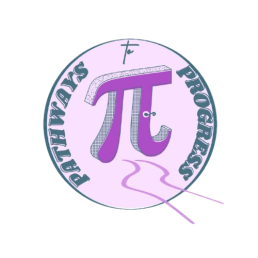13:00
Higher-form Symmetries in Linear Gravity
Abstract
Recently, work has been done to understand higher-form symmetries in linear gravity. Just like Maxwell theory, which has both electric and magnetic U(1) higher form symmetries, linearised gravity exhibits analogous structure. The authors of
[https://arxiv.org/pdf/2409.00178] investigate electric and magnetic higher form symmetries in linearised gravity, which correspond to shift symmetries of the graviton and the dual graviton respectively. By attempting to gauge the two symmetries, the authors investigate the mixed ’t Hooft anomalies anomaly structure of linearised gravity. Furthermore, if a specific shift symmetry is considered, the corresponding charges are related to Roger Penrose's quasi-local charge construction.
Based on: [https://arxiv.org/pdf/2410.08720][https://arxiv.org/pdf/2409.00178][https://arxiv.org/pdf/2401.17361]



